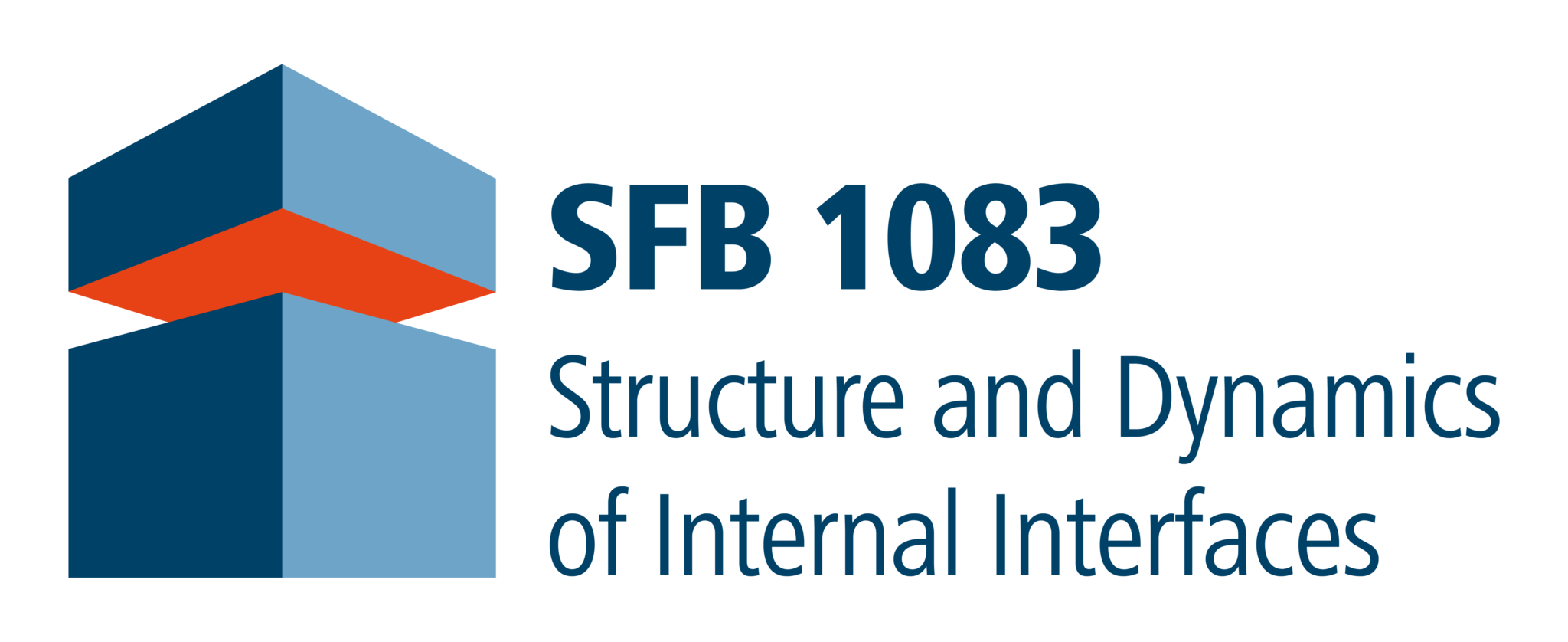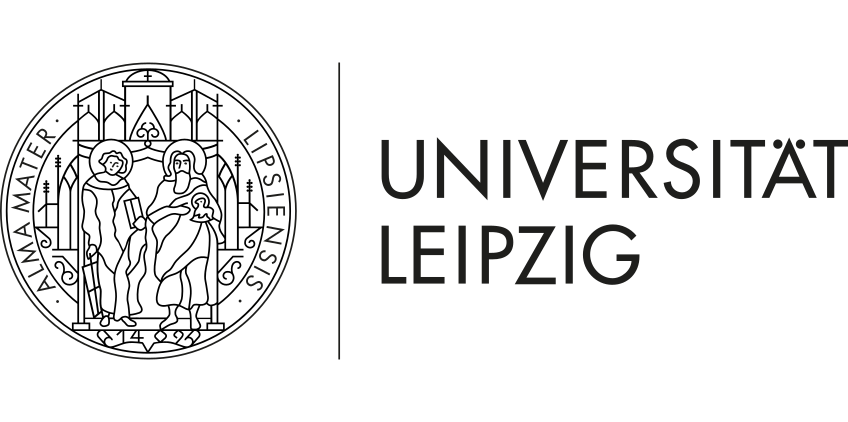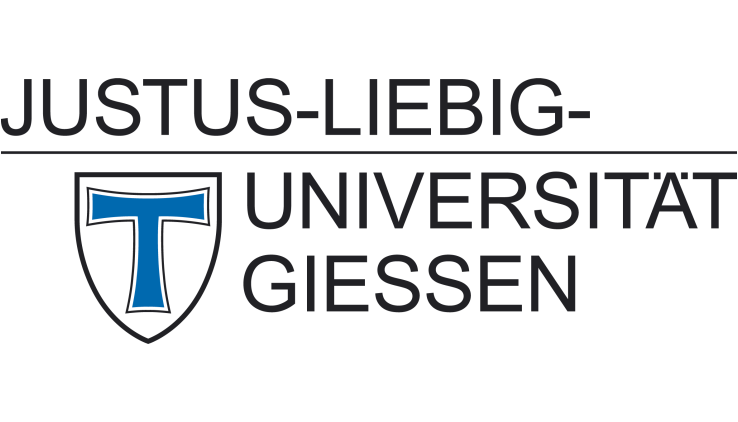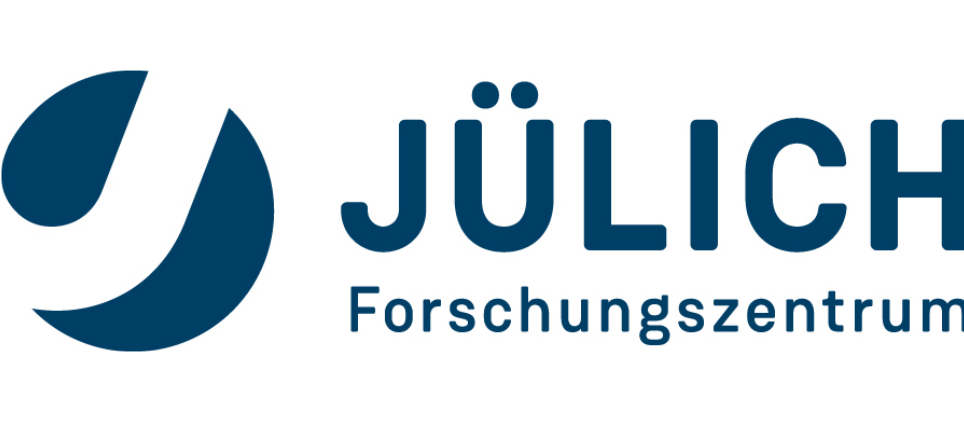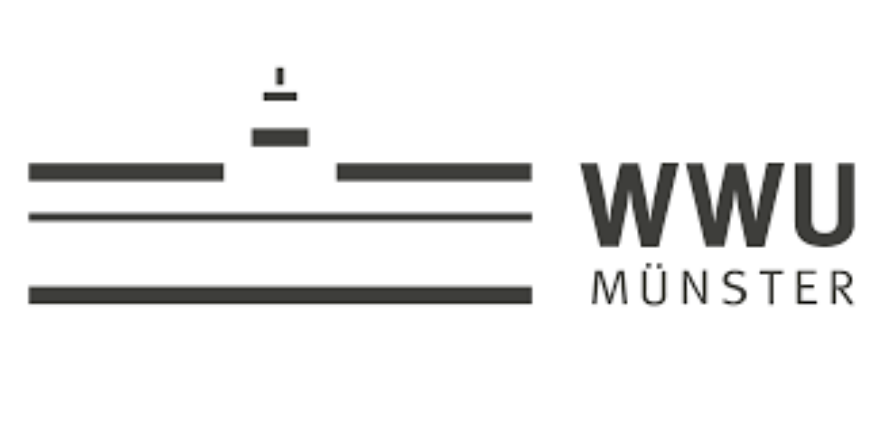Dynamics of Charge-Transfer Excitons at Organic/Organic and Hybrid Organic/Inorganic Heterointerfaces
Summary
Understanding of recombination processes at internal interfaces in semiconductor devices plays a key role to improve their functionality. This project explores these processes by probing the time-resolved photoluminescence (TRPL) arising from so-called charge-transfer (CT) excitons formed at organic/organic and organic/inorganic heterointerfaces. We investigate well-defined (hetero-)organic model systems on metal substrates, where deposition of several molecular layers allows us to study the influence of the adjacent metal contact.
Moreover, we explore the influence of microstructure and energetic landscape on interfacial recombination in heterojunctions of organic semiconductors (OSCs) with transition metal dichalcogenides (TMDCs). The project benefits from the availability of material systems, which have been previously developed within the SFB, hence, their growth conditions and morphology are already well explored. On the other hand, we study novel OSC/TMDC heterostructures, where the interface quality and electronic structure will be systematically tuned via modification of the organic and inorganic constituent, as well as via control of the twist angle between the two compounds. Different twist angles between the organic and TMDC lattice may lead to the formation of novel superlattices with distinct excitonic features, in analogy to Moiré excitons in two dimensional TMDC heterostructures.
For spatially and energetically resolved dynamical studies, we employ a streak camera with a spectral sensitivity extending to the near infrared range. The experiments are further complemented by spatially resolved photoluminescence excitation spectroscopy. The combination of different acquisition techniques is aiming to shed light into several aspects of CT states, which are presently unclear including their population channels, binding energy, dependence on the interfacial microstructure or mobility along the heterointerface. The correlation between optical characterisation and precise information about the underlying microstructure available from collaborators provides a profound basis for theoretical modelling, which in turn leads to an in-depth understanding of the excitonic features arising from the heterointerface.
Project-related publications
- K. Broch, M. Gerhard, M. Halbich, S. Lippert, V. Belova, M. Koch, F. Schreiber
Time‐resolved photoluminescence spectroscopy of charge transfer states in blends of pentacene and perfluoropentacene
Phys. Stat. Solidi (RRL) 11, 1700064 (2017). - M. Gerhard, A. P. Arndt, M. Bilal, U. Lemmer, M. Koch, I. A. Howard
Field-induced exciton dissociation in PTB7-based organic solar cells
Phys. Rev. B 95, 195301 (2017). - M. Gerhard, A. P. Arndt, I. A. Howard, A. Rahimi-Iman, U. Lemmer, M. Koch
Temperature and Energy-Dependent Separation of Charge-Transfer States in PTB7-Based Organic Solar Cells
J. Phys. Chem. C 119, 28309 (2015).

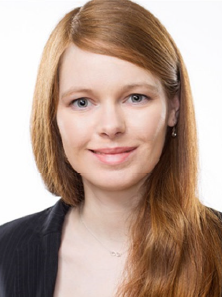
Dr. Marina GERHARD
Dominik Muth, PhD student
Former Contributors
Nico Hofeditz
